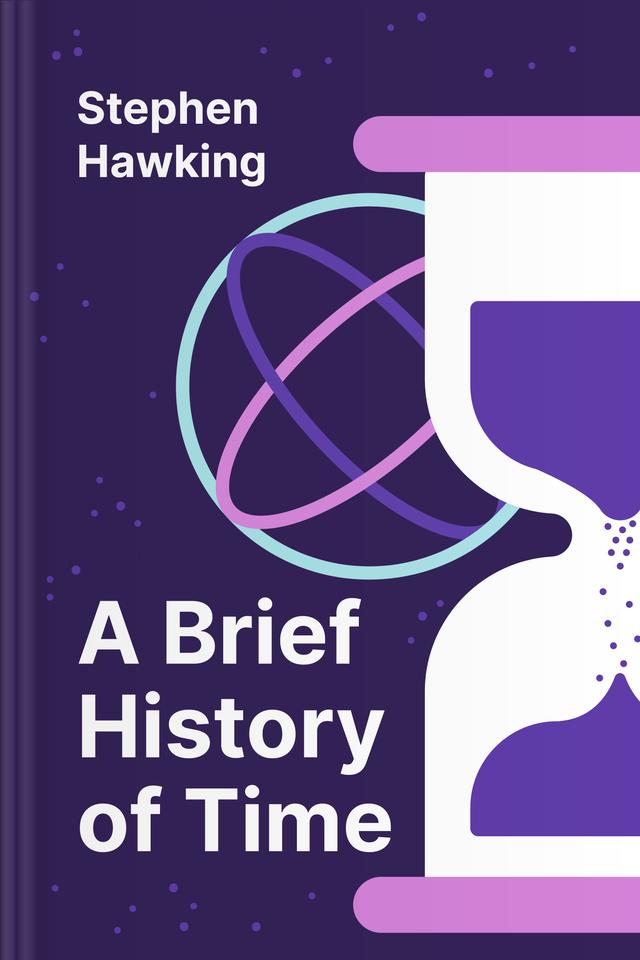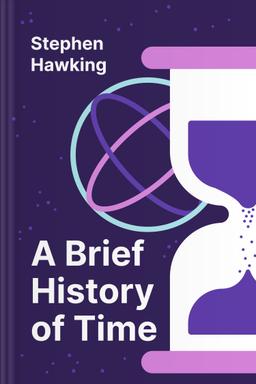You’ll learn
- Where time runs faster on Earth
- Why our world can't be deterministic
- Particles vs. their antipodes
- The exit from the black hole
russia has launched a full-scale war in Ukraine. Donate to support Ukraine and protect the world’s peace.

first KEY POINT
Every person in the world once asked themselves, “How did the universe begin?” Some of our ancestors considered that it dated approximately 5000 BC. Of course, archeological findings proved this suggestion wrong, as only Earth formed 4.5 billion years ago. Greek philosophers believed that the universe existed for an infinite amount of time and would last forever.Astronomer Edwin Hubble made one of the most remarkable discoveries in the field in 1929. He noticed that galaxies move in the opposite direction from us, implying that the universe expands. Moreover, scientists suggested that they accumulated in one place back then, which brought us to the development of the Big Bang cosmological model.There are, however, more popular theories, like Isaac Newton's theory of gravity and Albert Einstein's general theory of relativity. Nowadays, scientists apply both of them to interpret the world. While Einstein's approach characterizes the universe on the macro scale, quantum mechanics apply to a micro level. Yet, these two theories contradict each other. One of the crucial tasks for Stephen Hawking was to find a way to combine both sets of principles. His search started with the analysis of space and time models.
Join this expedition into the universe. Hawking has described how the latter looks, why objects act in certain ways, and how physics developed over time. While exploring these topics, you will realize the power of human intellect and the world's complexity. Physics is a highly counterintuitive field. So get ready to be astonished!
second KEY POINT
Einstein's legendary equation E=mc2 demonstrated that the more energy the object receives while moving, the more mass it will gain. Therefore, it cannot increase its speed at some point due to elevated mass. Other Einstein's revolutionary findings indicated that the time-space continuum is warped, so light does not move straight. Its direction can be changed by massive objects causing its deflection.Imagine dropping a stone in the sand. It will create an indentation. Now you may shine a torch into the rock — you will see how the light bends into the dint. It does the same in space, curving due to the planet's weight.Consequently, massive objects also slow down time flow. This effect rests on the principle that lesser light energy leads to its lower frequency — that happens when it needs to move up against gravity. Recall the cases when you spend a vacation in the high mountains. Did you feel that time flies? It's not only because you were on holiday. Minutes ticked away faster there.In 1962, an experiment proved it. Scientists put one clock at the bottom of the water tower and another at its top. As a result, the device placed higher ran faster. This principle is fundamental for the work of new navigation systems. If they disregard it, the signals from satellites wouldn't be so correct.

Continue reading with Headway app
Continue readingfirst KEY POINT
second KEY POINT
third KEY POINT
fourth KEY POINT
fifth KEY POINT
sixth KEY POINT